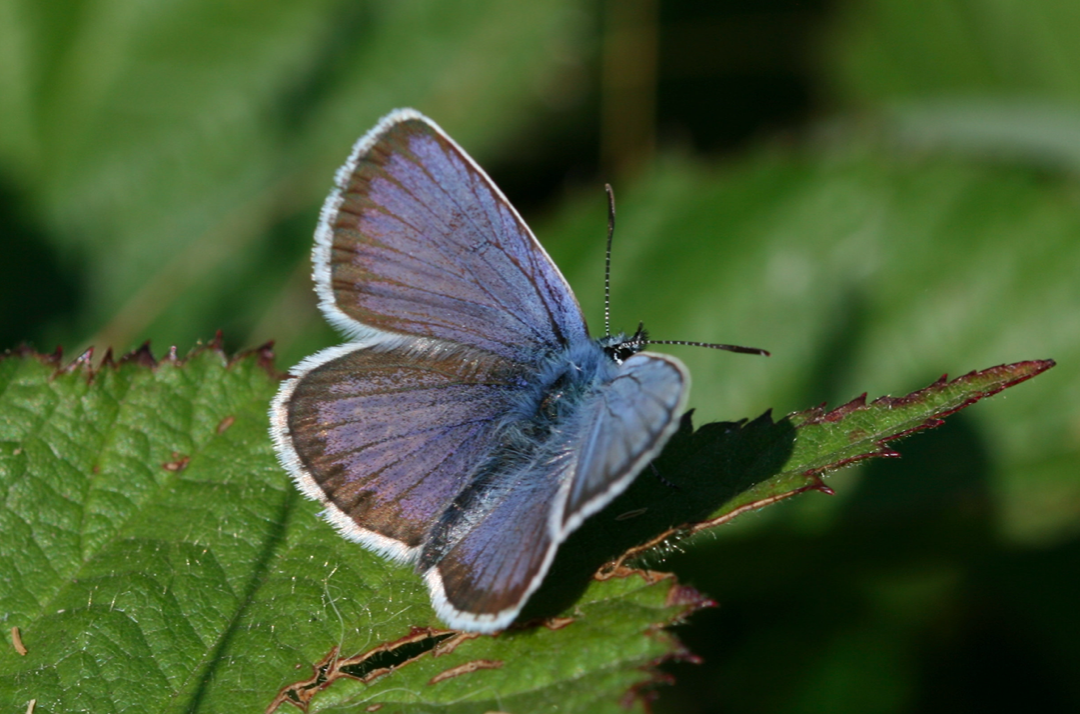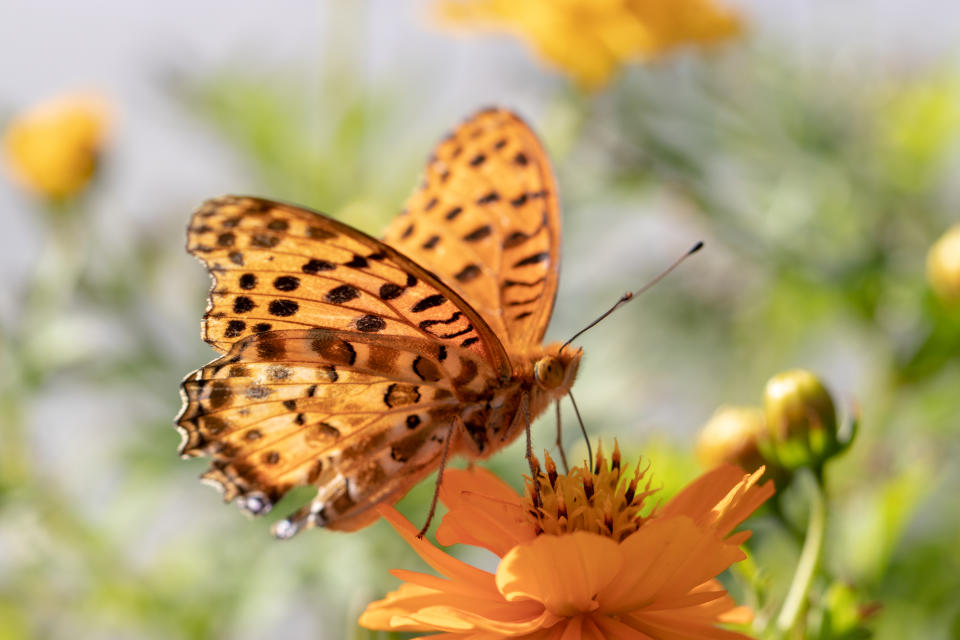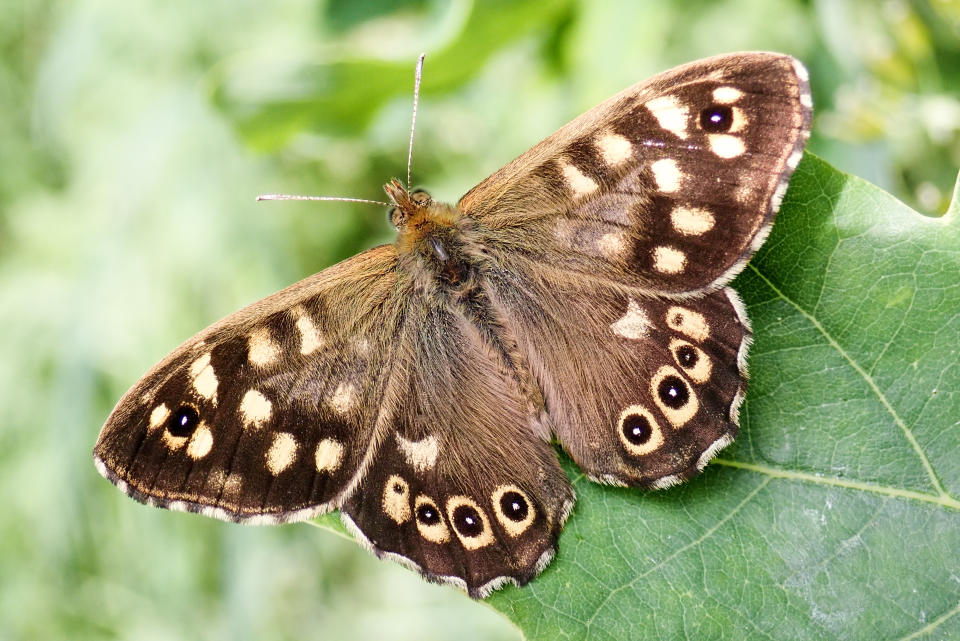Britain’s rarest butterflies threatened with extinction ‘because of climate change’

Climate change is threatening some of Britain’s rarest butterflies with extinction, according to scientists.
Warmer temperatures have meant Britain’s butterflies and moths are emerging earlier in the year and it is this change that is causing the numbers of some species - such as the silver-studded blue and high brown fritillary - to decline.
A study led by researchers at York University found that emerging earlier in the year may benefit species that have multiple, rapid breeding cycles per year and are flexible about their habitat.
Some of these butterflies, such as the speckled wood, are therefore able to spend more time bulking up in numbers before winter and expand their range further north.

However, early emergence causes species that are habitat specialists - and have only one life-cycle per year - to shrink in numbers and disappear from northern parts of the country, which they once inhabited.
Species including the rare high brown fritillary butterfly are most vulnerable to climate change because they don’t benefit from extra breeding time, and emerging from their cocoons earlier may throw them out of seasonal sync with their restricted diet of food resources.
The researchers studied data on butterflies and moths contributed by citizen scientists over a 20 year period between 1995 and 2014, when the average spring temperatures in Britain increased by 0.5 degrees.
Read more from Yahoo News UK:
Boy, 10, ‘deserves award’ after scrambling 300ft down mountain to rescue mum
Libby Squire: Man charged with rape and murder of Hull student
Essex lorry deaths: 39 people discovered dead in trailer were Chinese nationals
Temperature increases are causing butterflies and moths to emerge on average between one and six days earlier per decade in this period.
Lead author Dr Callum Macgregor, from the Department of Biology at the University of York, said: “Because butterflies in general are warmth loving, scientists predicted that the range margin of most species would move north as a result of global heating.
“However this hasn’t happened as widely or as quickly as expected for many species.

“Our study is the first to establish that there is a direct connection between changes in emergence date and impacts on the habitat range of butterflies and moths.
“This is because emerging earlier has caused some species to decline in abundance, and we know that species tend only to expand their range when they are doing well.”
Professor Jane Hill, from the Department of Biology at the University of York, added: "Our results indicate that while some more flexible species are able to thrive by emerging earlier in the year, this is not the case for many single generation species that are habitat specialists - these species are vulnerable to climate change."


